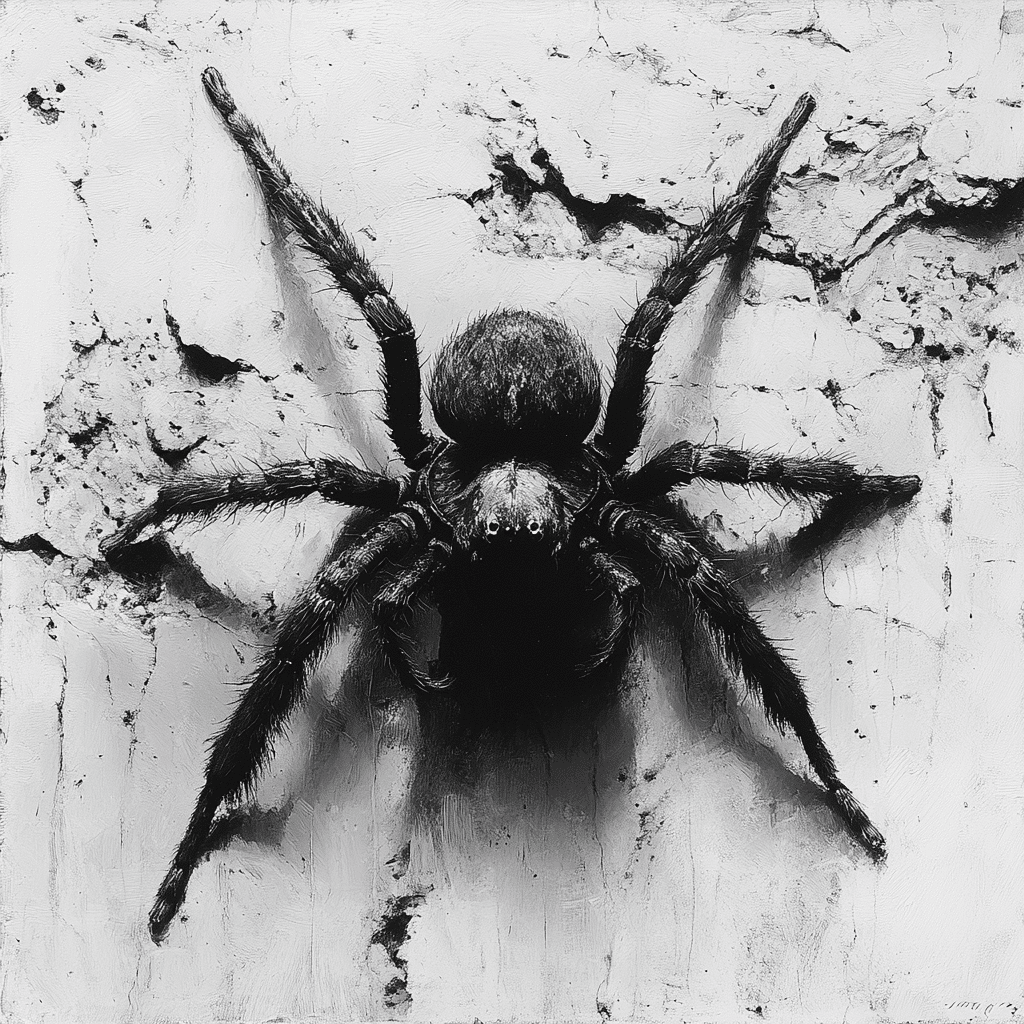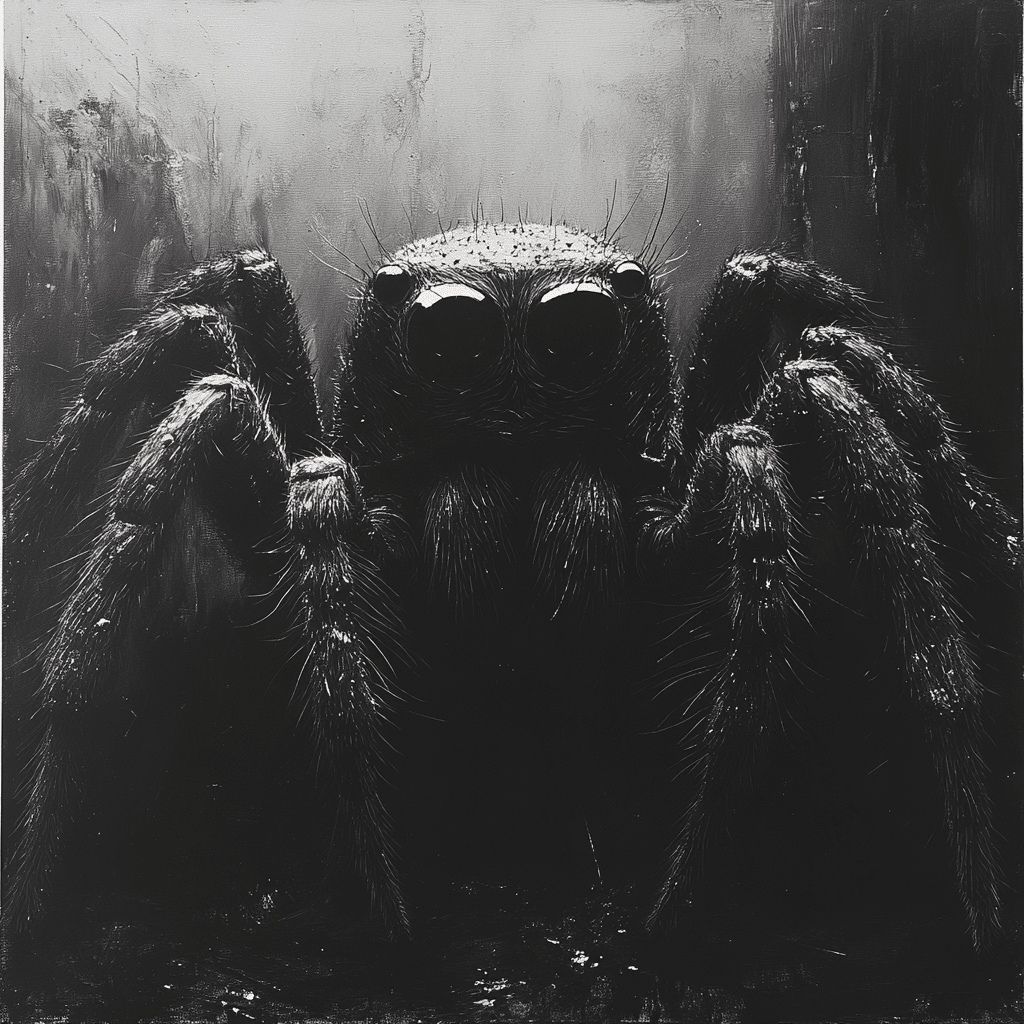Understanding Mono Araña: The Extraordinary Life of Spider Monkeys
When you think of the vibrant ecosystems that flourish in Central and South America, the mono araña, or spider monkey, captures the essence of this rich biodiversity. These fascinating creatures, belonging to the Atelidae family, live in tropical forests. They move skillfully between treetops, thanks to their long limbs and remarkably prehensile tails, which act like a fifth limb. This unique ability allows them to swing effortlessly through their environment. Their adaptability to various habitats—from lush rainforests to drier areas—speaks volumes about their resilience and dexterity.
Spider monkeys are not merely agile primates; they bring a layer of depth to their ecosystems. Their social structures, often comprising groups of up to 30 individuals, showcase strong female leadership. This communal living is particularly important for navigating the threats they face, such as predation and habitat loss. By forming tight-knit communities, mono arañas elevate their chances of survival.
These exceptional primates are also incredibly diverse in behaviors. Their dietary preferences lean heavily toward fruits, making them essential players in forest regeneration and seed dispersion. Understanding the habitats and behaviors of mono arañas helps us appreciate the delicate balance of nature they inhabit.

Top 7 Incredible Facts About Mono Araña
The Role of Mono Araña in Ecosystem Health
The role of mono araña extends beyond just being cute and quirky; they’re essential ecosystem engineers. Their primary diet of fruits allows them to facilitate crucial seed dispersal throughout their environment. As these monkeys move from tree to tree, they contribute to the regeneration of plant species, thus promoting biodiversity.
Moreover, their feeding habits can help control the population of certain fruit-bearing trees, preventing overgrowth and ensuring a balanced environment. This interaction creates a symbiotic relationship where both the mono araña and the forest flourish. By maintaining this balance, spider monkeys enhance the health of tropical ecosystems, making them invaluable contributors to their habitats.
While they may seem like light-hearted characters swinging through the treetops, the mono araña embodies the interconnectedness of life within tropical forests. Their preservation is pivotal not just for their sake but also for the functional integrity of their ecosystems.

Conservation Efforts for Mono Araña
With alarming rates of habitat loss and hunting threatening the survival of mono arañas, a variety of conservation initiatives are underway. For example, projects like the Monkey Sanctuary in Panama diligently focus on breeding programs and education, engaging local communities to raise awareness about these incredible creatures.
Collaborative efforts between conservation organizations and indigenous communities showcase innovative practices aimed at safeguarding habitats. Engaging local stakeholders in conservation helps foster a sense of ownership and responsibility towards preserving these environments.
Educational programs designed to uplift and inform communities about mono araña significantly contribute to conservation. By prioritizing sustainability, we can ensure the survival of these remarkable primates and the rich ecosystems they support.
Innovative Solutions and Future Directions
As technology unfolds new possibilities, it becomes clear that innovative solutions are critical for the future of mono araña conservation. Utilizing drone technology, researchers can now monitor spider monkey habitats effectively, collecting real-time data that informs better conservation strategies. This approach helps researchers understand population dynamics and habitat conditions without disturbing these sensitive animals.
In addition, fostering community-based ecotourism offers a sustainable economic avenue. By promoting responsible tourism, we ensure that local residents benefit financially while protecting their natural environments. Such initiatives can provide jobs and motivate communities to engage in conservation efforts actively.
By leveraging technology and encouraging community involvement, we pave the way for effective conservation strategies. Enhanced awareness and sustainable practices promise brighter futures for mono arañas and their precious habitats.
A Reflective Insight on Mono Araña
The journey into the extraordinary life of mono arañas paints a vivid picture of their complexity and significance. As we explore their behaviors, social structures, and environmental challenges, we see these primates are not just fascinating animals; they are key players in the intricate web of life. Every step we take toward understanding and protecting them reflects our broader commitment to conserving the biodiversity of our planet.
By actively engaging with conservation efforts and promoting sustainable practices, we can bolster the chances of these extraordinary animals thriving for generations. The survival of mono arañas is emblematic of our collective responsibility to preserve the delicate balance of life on Earth. Together, let’s advocate for practices that honor the lives of these incredible primates and the habitats they inhabit, ensuring that their extraordinary story continues to unfold.
Mono Araña: The Extraordinary Life of Spider Monkeys
A Twist of Nature’s Fun
When you think of spider monkeys, you might picture the wild antics of a gentle giant swinging through the trees. Did you know these delightful mammals actually have a special connection to their environment? Their long limbs and prehensile tails make them one of the best acrobats among primates. It’s like watching a nature show—minus the bad lip Fillers! Just imagine those cheeky monkeys twisting and turning, showing off their gymnastic prowess as they dart through the canopy, effortlessly snagging branches like seasoned pros.
Speaking of pros, spider monkeys are undoubtedly social creatures, often seen hanging out in groups. They thrive on camaraderie, forming strong bonds with each other. This sense of community not only enhances their communication skills but also helps them create strategies for finding food. Much like how communities come together in a Teachers strike, their cooperation is a key ingredient to ensuring survival. And just like in the hustle and bustle of life, these monkeys maintain a delicate balance, dodging predators and foraging for fruits, nuts, and leaves.
The Chatterbox of the Jungle
Ever heard of how important a good chat can be? Well, in the chattering world of spider monkeys, vocalizations play a significant role. They’ve got a repertoire of calls that help coordinate movements within their troops, almost like a secret language. And in those moments of chatter, they make sure to express emotions so everyone stays in tune. Think of it this way: their communication is as essential as knowing whether you’ll be applying for a Subprime loan for your new home. You wouldn’t want to be left out of the loop!
Fun fact: Did you know that male spider monkeys often have a certain territory they defend? Just like folks in Mole Valley frome watching over their neighborhood, these monkeys establish areas rich in food sources and nesting spots. Their vibrant societies highlight a wild lifestyle that feels almost choreographed, filled with laughter and mayhem. So, the next time you see a spider monkey swinging from a tree, think of it as more than just a monkey—it’s a living testament to nature’s wonders, swinging into the future while sharing its story!




